A few weeks back, we received a question from a reader about some small brown worms (or rather, worm-like creatures) he found in rotten organic matter. We’re not sure how he determined this, but the organic matter was 60 degrees Celsius (or 140 degrees Fahrenheit), and this surprised the reader. He contained the creatures and has since been using them to feed his chickens, who seem to enjoy them (the reader supposes they are like M&Ms to the chickens because the creatures he found are crunchy). Based on everything the reader said and the pictures he sent us, we are almost certain he found black soldier fly larvae (i.e., the larval form of black soldier flies), which are also known as “Phoenix Worms.” Phoenix Worms are often used for composting; in fact, they are so commonly used that they have their own acronym, BSFL (short for “black solider fly larva,” of course). These larvae actually thrive in hot compost bins and other organic matter, so it’s not surprising that our reader found them in this environment (although 60 degrees Celsius is really hot even for BSFL).
First, let’s take a look at the clear pictures our reader sent, and then we’ll provide a little information about BSFL. Here is picture of a single black soldier fly larva:
And here are several, helpfully right next to an AA battery to give you an idea of their size:
We have actually written a fairly extensive article about BSFL before, so we’ll go easy on the details in this article. (But please do check out the other article for a more thorough treatment of the subject if you are so inclined.)
Black soldier flies (Hermetia illucens) belong to the family Stratiomyidae, which is composed of about 1,500 species, although they are all called “soldier flies” (at least by those of us who aren’t scientists). Although black soldier flies are common, most people know of them because of their larval form, which is what our reader found. BSFL are primarily known because they serve two helpful functions, both of which have to do with feeding animals. First, as part of a particular type of composting operation, BSFL are able to convert high-nutrient waste into animal feed. Only BSFL are used for this type of composting. When most people set up a compost bin, they attempt to convert their leftover organic waste into fertile soil, a process that is best accomplished with the help of red worms.
BSFL are also commonly fed to animals, like reptiles, or in our reader’s case, chickens. (As an interesting side note, we once received a bizarre question from a reader asking if he could safely fry up some Phoenix Worms and eat them himself.) People actually breed BSFL for this exact purpose, harvesting only the larval form because the adults aren’t used for feeding. A particular type of BSFL was developed specifically as a feeder food by Dr. Craig Sheppard. It was the first feeder insect to be trademarked. Dr. Sheppard named his “product” the “Phoenix Worm,” but this term is often used to refer to BSFL in general.
To recap, our reader almost certainly found black soldier fly larvae, and he is lucky to have stumbled across a good source of food for his chickens.
All About Worms is always free, always reader-supported. Your tips via CashApp, Venmo, or Paypal are appreciated! Receipts will come from ISIPP Publishing.
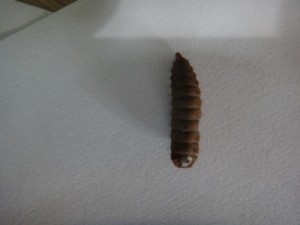




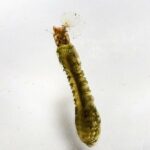
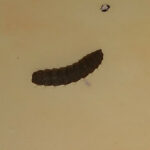
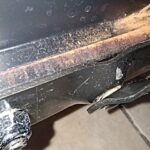
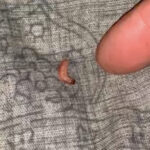

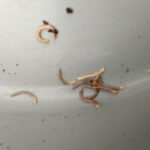
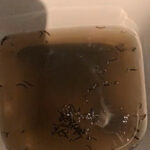
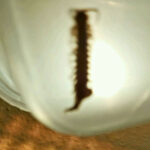


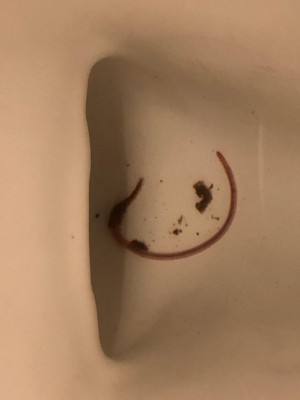



Hi, recently my friend and I were cleaning out her late mother’s room and closet to where we discovered a few very very small like crawling but more so pulling themselves along bugs, they are smaller than the ones in the photo and are brown but we are not at all bug people so are worried, what are they?